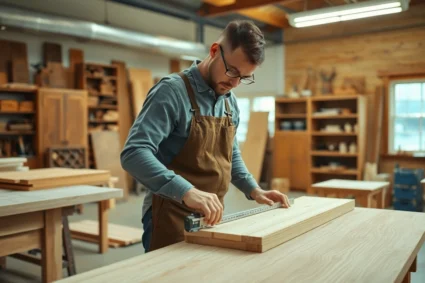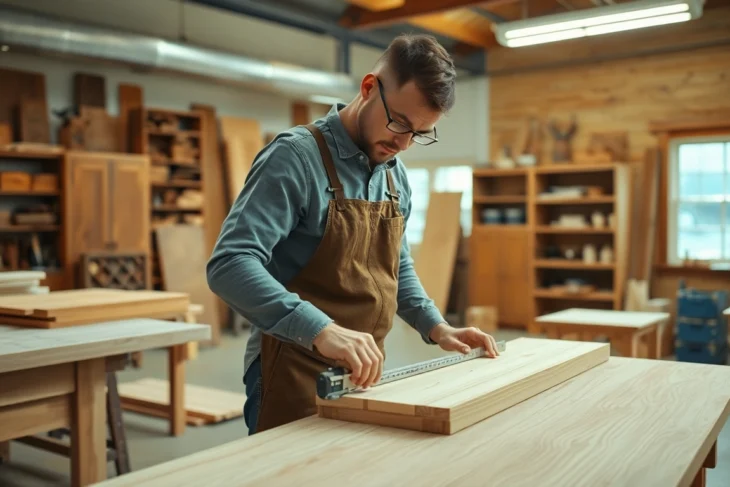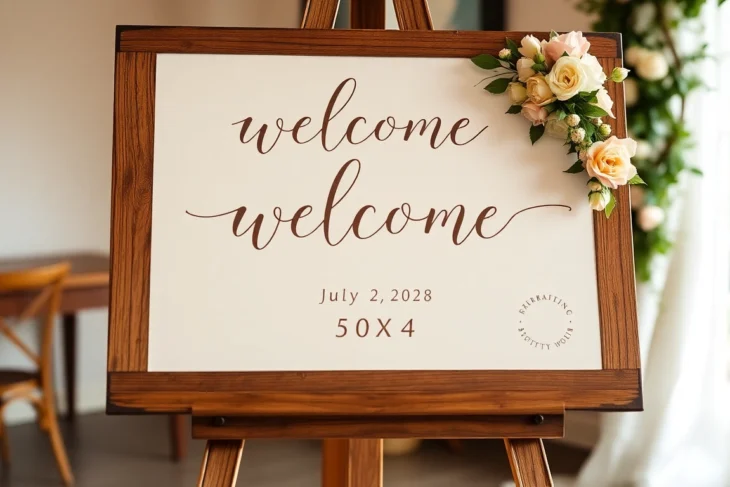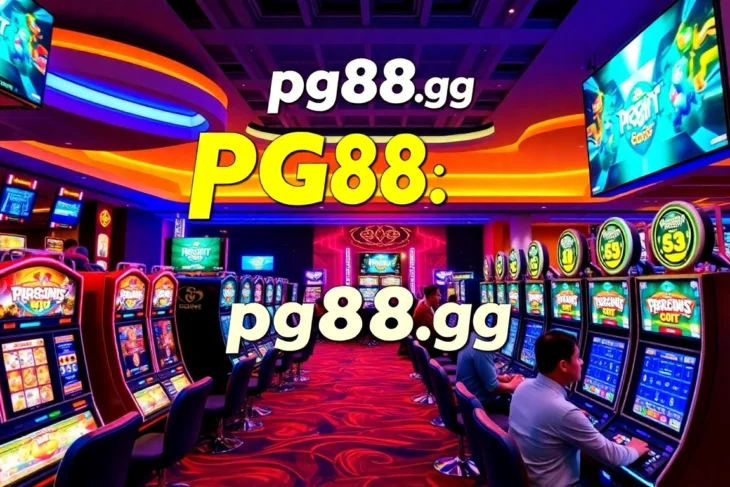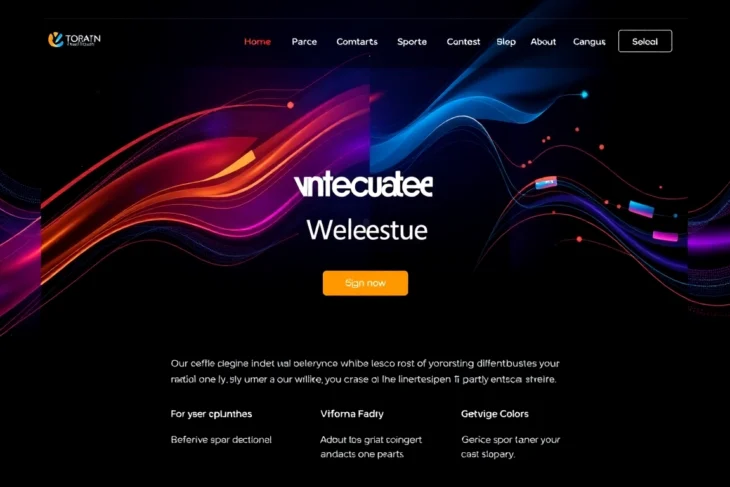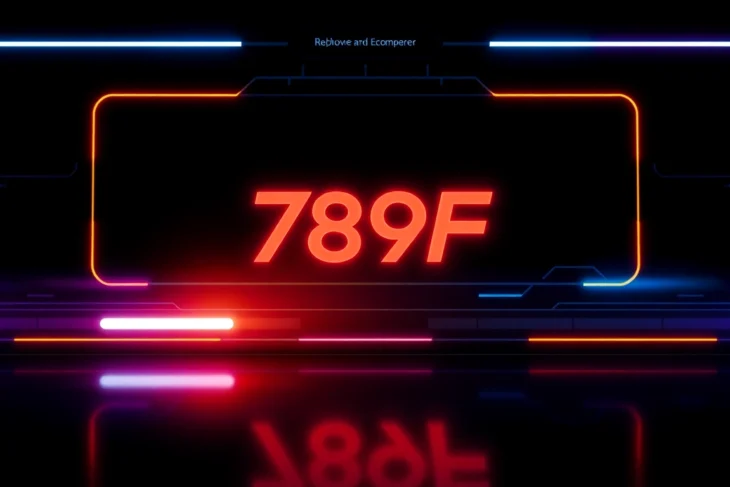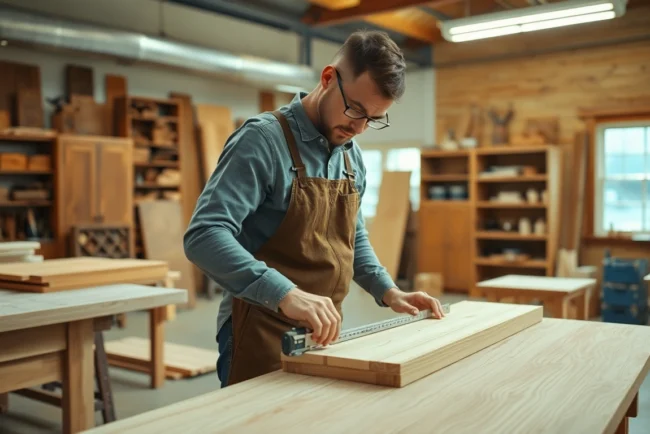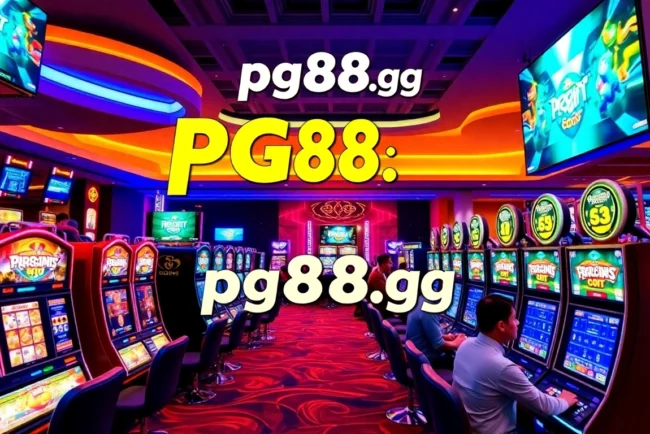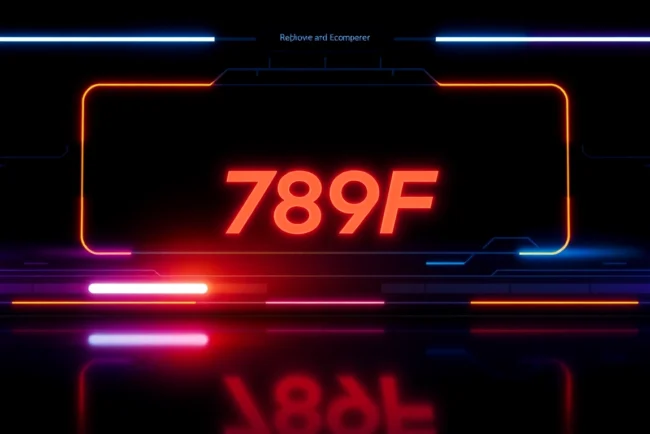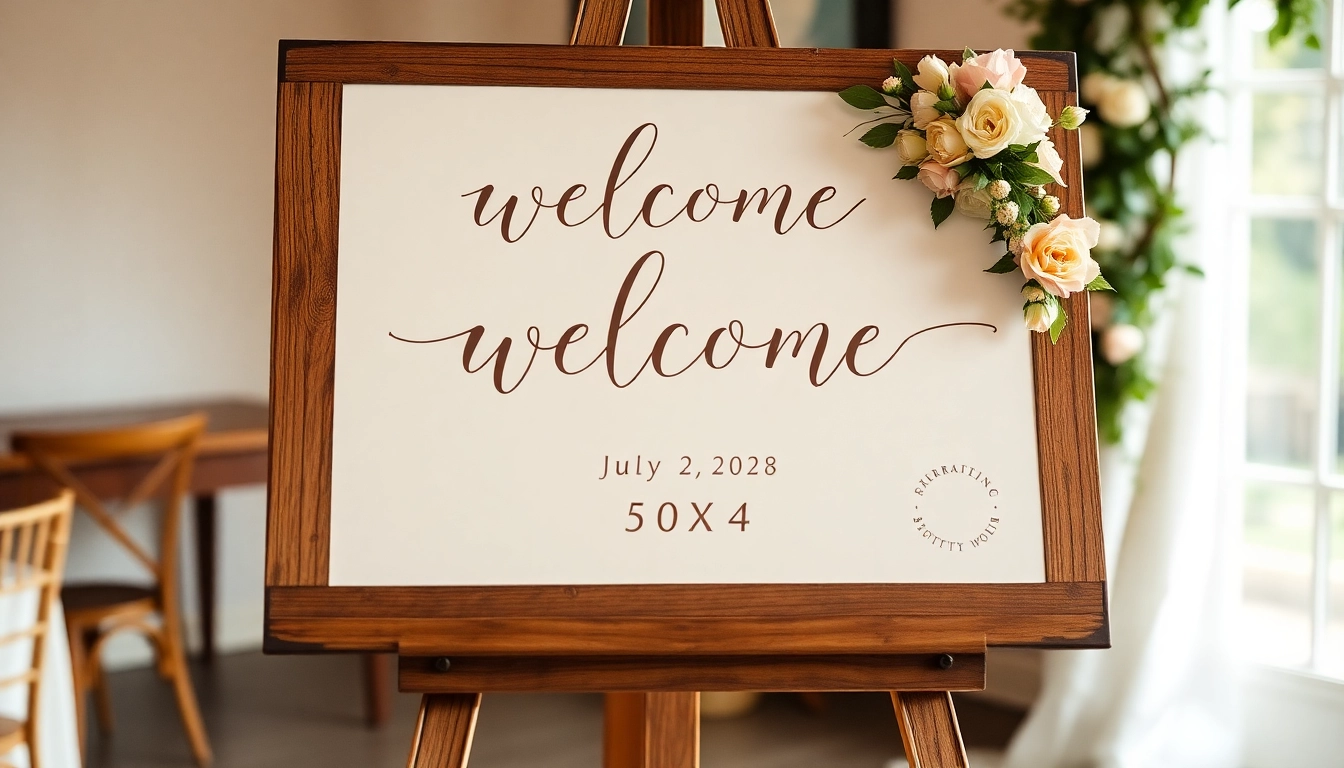
Understanding the Purpose and Impact of Wedding Welcome Signs
A wedding welcome sign serves as the first touchpoint that greets guests as they arrive at your celebration. Beyond its functional role—directing guests, setting the tone, or providing essential information—a well-crafted welcome sign embodies the personality and theme of the couple’s special day. According to industry leaders and recent wedding signage trends, these signs foster an immediate connection between the hosts and guests, creating a warm, inviting atmosphere that enhances the overall experience.
Incorporating a customized wedding welcome sign not only guides visitors but also acts as a memorable piece of decor suitable for sharing on social media, thus extending the wedding’s reach beyond the event itself. From charming rustic wooden signs to sleek modern acrylic boards, the style choices reflect the couple’s aesthetic and the ambiance they wish to convey.
Why a Wedding Welcome Sign Is Essential for Your Ceremony
The significance of a wedding welcome sign lies in its ability to immediately communicate warmth and hospitality. It sets the tone by indicating the formality or informality of the wedding, hinting at the overall vibe—whether it’s casual, elegant, whimsical, or themed. It also provides practical benefits, such as guiding guests to specific locations like the ceremony entrance, reception area, or restrooms.
Recent surveys and expert insights reveal that nearly 90% of weddings incorporate some form of signage, with welcome signs ranking as the most popular. They serve as visual cues, especially in venues with multiple spaces or complex layouts, preventing confusion and ensuring guests feel comfortable and welcomed right from the start.
How a Well-Designed Sign Enhances Guest Experience
A thoughtfully designed welcome sign combines aesthetics with functionality, providing a seamless transition into the celebration. When the visual elements—color palette, font, and decorative accents—are aligned with the wedding theme, they reinforce the event’s identity.
For instance, a rustic wood sign with calligraphy complements outdoor or barn weddings, while a sleek acrylic with metallic lettering suits modern, chic celebrations. Personalized messages, such as a quote or humorous note, add a touch of personality, making guests feel appreciated and engaged.
Different Styles and Themes to Match Your Wedding Aesthetic
Wedding welcome signs are versatile and adaptable to any theme. Here are common styles:
- Rustic: Wooden slabs, chalkboard finishes, burlap accents, and handwritten-style fonts.
- Modern: Acrylic or glass with minimalist designs, clean lines, and metallic or monochrome color schemes.
- Bohemian: Dreamcatcher motifs, floral patterns, and soft pastel tones with flowing script fonts.
- Traditional: Elegant calligraphy on classic materials like parchment or foam board, with formal wording.
Choosing a style that aligns with your wedding’s aesthetic creates visual harmony and enhances the overall decor. Etsy, Minted, and local vendors offer a wide array of customizable options to help couples align their signage with their unique vision.
Choosing the Right Materials and Sizes for Your Wedding Welcome Sign
Popular Materials: Wood, Acrylic, Fabric, and Foam Board
Material selection is pivotal in determining the appearance, durability, and cost of your wedding welcome sign. Each material offers distinct benefits:
- Wood: Offers a warm, rustic feel; customizable with painting, staining, and engraving. Ideal for outdoor or vintage-themed weddings.
- Acrylic: Modern and sleek, available in transparent, frosted, or colored options. Resistant to weather, making it suitable for outdoor venues.
- Fabric: Soft, flexible, and customizable via sewing or printing; perfect for DIY projects or boho-chic themes.
- Foam Board: Lightweight, cost-effective, and easily portable; excellent for temporary displays or indoor use.
Standard Sizes and Custom Dimensions for Different Venues
Commonly used dimensions are 18×24 inches or 24×36 inches, which strike a balance between visibility and portability. For larger venues, custom sizes up to 36×48 inches or more may be appropriate, especially if the sign is meant to be a focal point. When selecting size, consider:
- The distance from which guests will view the sign
- The overall wedding decor scale
- Venue restrictions or space limitations
Durability and Weather Resistance Considerations
For outdoor weddings, choosing weather-resistant materials is crucial. Acrylic, treated wood, or sealed foam board can withstand rain, wind, and sun exposure. Always check for UV-resistant coatings and ensure mounting hardware is sturdy to prevent toppling. For short-term indoor events, lower-cost options like foam board or fabric signs are sufficient, but for longevity and multiple uses, investing in durable materials is wise.
Design Tips and Creative Ideas for Personalized Wedding Signs
Incorporating Couple’s Names and Wedding Date
Personalization remains central to impactful wedding signage. Including the couple’s names and date creates a keepsake-worthy piece and helps guests connect with the celebration’s significance. Consider elegant calligraphy, monograms, or modern typography.
Adding Artistic Elements: Calligraphy, Illustrations, and Floral Designs
Artistic embellishments elevate a simple sign into a piece of art. Hand-painted calligraphy adds a sophisticated touch, while digital illustrations or floral motifs reinforce the wedding theme. Commissioning a professional calligrapher or using high-quality printable designs can result in a refined final product.
Including Humor or Personal Messages to Reflect Your Style
Infusing humor or heartfelt messages personalizes the welcome sign further. Quotes like “Love is sweet, so take a seat,” or personalized quotes and inside jokes create an inviting atmosphere and encourage guests to engage.
Additional Creative Ideas
- Using chalkboard signs with erasable markers for an interactive experience
- Incorporating greenery, fairy lights, or floral wreaths around the sign
- Employing unconventional materials such as mirror or metallic finishes for luxe appeal
Step-by-Step Guide to Creating Your Wedding Welcome Sign
Planning Your Sign: Message, Style, and Layout
Begin with defining the message—simple “Welcome,” or a more detailed greeting personalized with the couple’s story. Select a style that complements the overall wedding theme and decide on the layout: centered text, asymmetrical designs, or a combination of images and text.
Choosing a DIY Approach or Professional Printing
For budget-conscious couples or those seeking a personal touch, DIY projects using materials like foam board, chalkboard paint, or fabric can be fulfilling. Resources like tutorials on Reddit (“DIY’d fabric wedding welcome sign”) demonstrate creative ideas.
For a more polished, professional finish, hire graphic designers or print shops specializing in wedding signage. Digital designs can be printed on acrylic, wood, or foam board with high-resolution printers, ensuring crisp images and text.
Placement and Setup Tips for Maximum Visibility and Aesthetic Impact
Position your sign at eye level and near the main entrance for maximum impact. Use staked stands, easels, or attach directly to walls or fences, depending on the setting. Incorporate lighting, such as string lights or uplights, to highlight the sign during evening receptions.
Maintenance, Cost, and Best Practices for Wedding Signage
Affordable Options and Budget-Friendly Solutions
Invitations aside, wedding signage doesn’t need to break the bank. DIY projects using plywood, chalkboard, or printable vinyl decals can reduce costs significantly. Sites like Paper and Pine Co. offer affordable, customizable options starting as low as $35.
Tips for Transporting and Protecting Your Sign
For outdoor events, transport signs in protective cases or padded sleeves. Secure signs with durable stands or mounting hardware to prevent movement or tipping. Weather-resistant coatings or sealants will protect against moisture.
Ensuring Your Sign Looks Perfect Throughout the Event
Periodically check the signage during the event, especially if outdoors. Consider using weighted bases or secure fastening methods. For multiple-day events, take extra precautions to prevent fading or damage.
